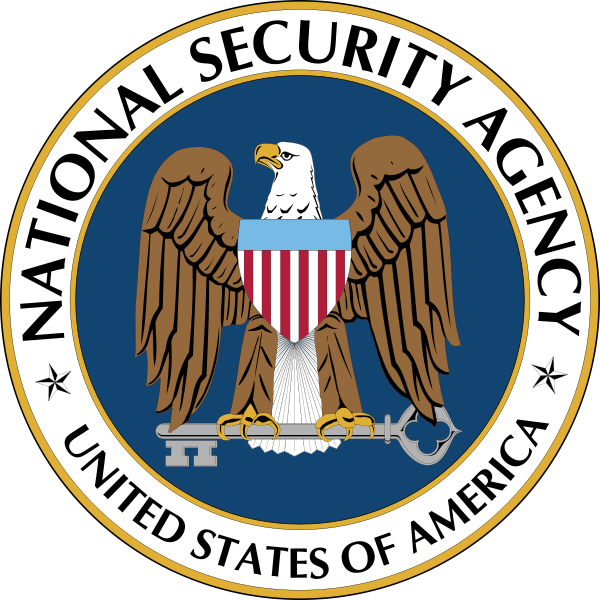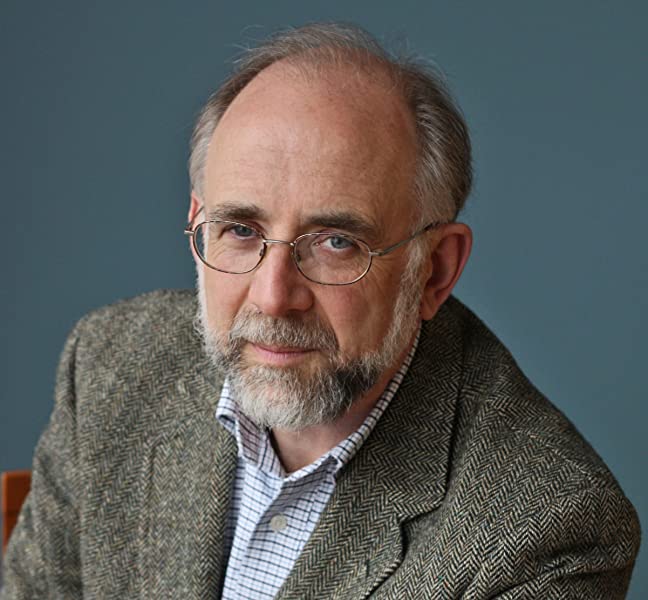In 1951, the NSA’s forerunner organization, the Armed Forces Security Agency, began “voluntary” polygraph screening of civilian applicants for employment. On 6 December 1953, the National Security Agency (NSA) made pre-employment polygraph screening mandatory for civilian applicants.
Writer Stephen Budiansky describes the origins of the NSA’s polygraph program at pp. 163-65 of his 2016 history, Code Warriors: NSA’s Codebreakers and the Secret Intelligence War Against the Soviet Union (New York: Vintage Books) (footnotes omitted):
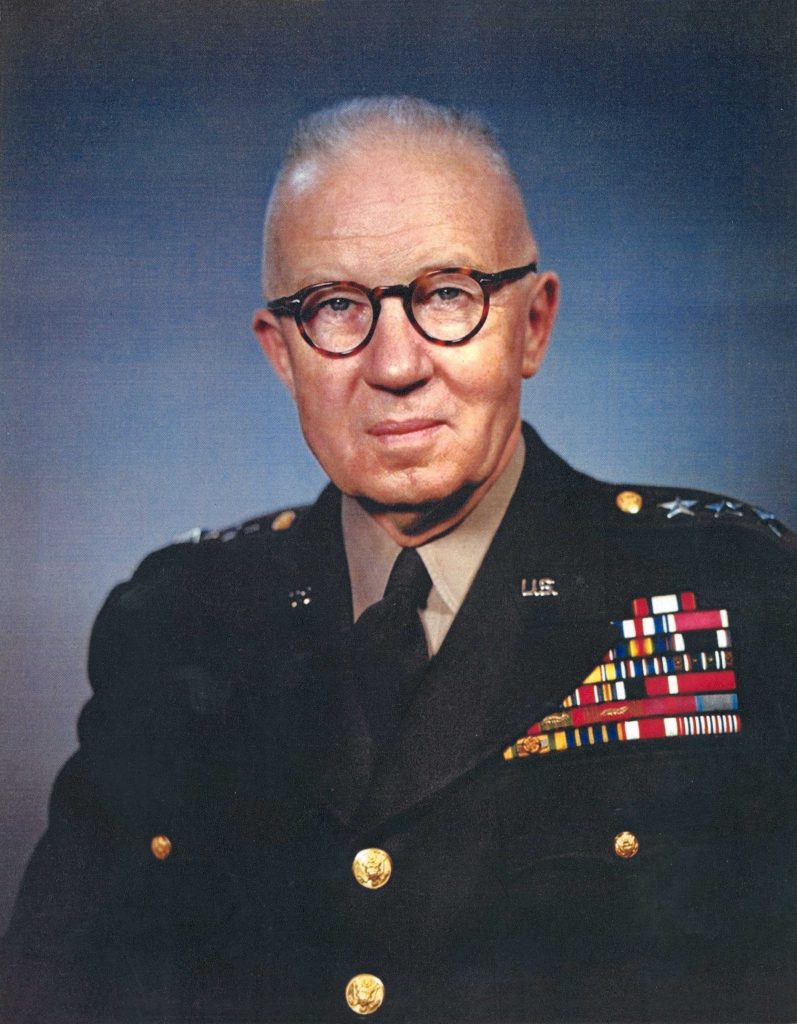
To keep up with the thousands of clearances that needed to be processed during the rapid expansion of NSA during the Korean War, [NSA director Ralph] Canine took a fateful misstep that even more deeply confused the illusion of security with genuine security. The polygraph, or so-called lie detector, was one of those quack effusions of American turn-of-the-twentieth-century inventors that might understandably have suckered a gullible public in an earlier era of electrical wonders, but that by 1952 was obviously pure bunkum to anyone with even a modicum of scientific knowledge. J. Edgar Hoover refused to allow the machine to be used in FBI investigations, noting its complete unreliability in detecting truth or falsehood. (Repeated studies since, including a review by the National Academy of Sciences, have affirmed the elementary fact that there is no physiologic response unique to lying and that for all of their pseudoscientific poring over squiggly traces recording pulse, respiration, blood pressure, and skin conductivity, polygraphers did little better than flipping a coin in concluding when a subject had been “deceptive.”)
But the CIA had already become enamored of the polygraph—the agency would also invest embarrassing sums in mediums and clairvoyants who claimed to be able to locate Soviet missile sites by telepathy—and since 1948 had been administering the tests to investigate “major loyalty or security risk matters” in COMINT-cleared personnel. In late 1950, CIA began asking all new job applicants to “volunteer” for a polygraph interview. It was as voluntary as anything else in such a coercive situation: by 1955 only six of the agency’s twenty thousand applicants had declined to submit to the test. The CIA’s arguments for the polygraph were based not on any scientific proof of its validity—there weren’t any—but rather that it was an “extremely valuable aid to any investigation.” That was a roundabout way of saying that people who were wired up to a machine and told by an examiner with a persuasive manner that it had shown they were lying sometimes could be pressured into revealing something they had been concealing.
Canine became equally captivated by the notion that a gadget could solve NSA’s security problems. The immediate problem was that conducting a thorough background investigation took time: it required sending agents out to interview neighbors and associates and investigate financial records and employment histories. By December 1950, 39 percent of AFSA’s [the Armed Forces Security Agency, the NSA forerunner’s] employees were waiting for their clearances, new hires left to cool their heels for months at the agency’s training school, located in a former warehouse at 1436 U Street, NW, in Washington, or perform make-work tasks to fill their time. In January 1951, Canine decided that new employees who passed a polygraph interview would be given an “interim” security clearance that would allow them to start work immediately on classified projects, pending completion of their full background check.
Canine’s faith in the magical device had all the blindness of a true believer. In December 1953 he ordered that all new civilian employees submit to polygraph testing as a mandatory condition for employment at NSA. “The Director has repeatedly emphasized his firm conviction that the polygraph is more reliable and more protective of security than the background investigation,” his deputy for administration wrote in a 1956 memorandum that argued for periodically polygraphing existing civilian employees as well, to probe for “membership in subversive organizations,” “association with known or suspected subversives,” and unauthorized disclosure of classified information. (The military wisely used its authority at this time to bar the administration of the test to any service personnel.)
The trouble, aside from the abuse of privacy and due process inherent in the whole business, was that conscientious but perfectly innocent people tended to show a “deceptive” response in the standard polygraph examination, while pathological liars sailed through. In their zeal to clear the initial backlog of pending clearances, NSA scoured police departments and private detective agencies around the country to hire supposed polygraph experts to administer the tests, which took place in hastily erected soundproof rooms at the U Street building. NSA examiners frequently asked intrusive or embarrassing personal and political questions—”Did you sleep with your husband before you married?” “Are you now or have you ever been in sympathy with leftist ideas?”—and while the process was certainly speedy for those who “passed,” it became an Orwellian nightmare for the 25 percent whose clearances were held up because of their “unresolved” polygraph results.
Some of the more scientifically knowledgeable NSA officials tried in vain to halt the program. [Senior cryptologist] Howard Campaigne warned that it was sure to “get out of hand,” provide a false assurance of security, and “disclose information the Agency does not want to have,” tarnishing the records of capable employees with “minor derogatory data” that had nothing to do with their performance or loyalty. [NSA chief cryptologist] William Friedman‘s disdain for the polygraph was apparent in a critical article he clipped and placed in his private files: an investigative reporter who had interviewed several employees about their experiences with “the NSA Chamber of Horrors” quoted a victim of the process saying, “Halfway through, I felt like someone being tried in a Moscow purge.” The article drily observed that the polygraphing unit was located in a “heavily guarded building between a gas station and an undertaker’s parlor”; perhaps the more apropos geographical fact was that the U Street building had begun its life at the turn of the century as the factory for a famous quack patent medicine of the day.
As subsequent events would make all too clear, the touching faith that a piece of Edwardian pseudoscientific electrical gadgetry could safeguard the nation’s most important secrets would prove farcically mistaken, for almost every one of the real spies to betray NSA in the ensuing years passed a polygraph interview with flying colors, while obvious signs that in retrospect should have set off alarm bells about their behavior were blithely ignored, largely due to such misplaced confidence in hocus-pocus.
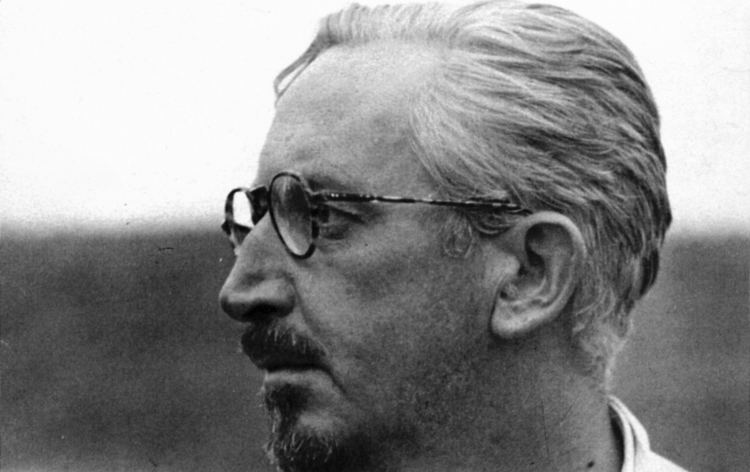
The investigative article that NSA chief cryptologist William F. Friedman clipped was Dwight Macdonald‘s “The Lie-Detector Era,” which was published in two installments in the 8 June 1954 and 22 June 1954 issues of The Reporter. The portion directly pertaining to the NSA polygraph program appeared in the latter installment and is excerpted below:
The NSA Chamber of Horrors
The methods used in the ORO [Operations Research Office] and CIA lie-detection programs, so far as can be established, have evoked little objection from the “subjects.” (Some, of course, may have objected to the whole idea of such tests.) The case is far otherwise with the National Security Agency, whose polygraphists have in a relatively short time aroused more distrust and hatred of their trade than all their colleagues put together.
The NSA, known until recently as the Armed Forces Security Agency, is a highly secretive outfit—”the most silent of the intelligence agencies.” It is believed to have somewhere between four and eight thousand employees, engage, it has been said, in breaking foreign codes.
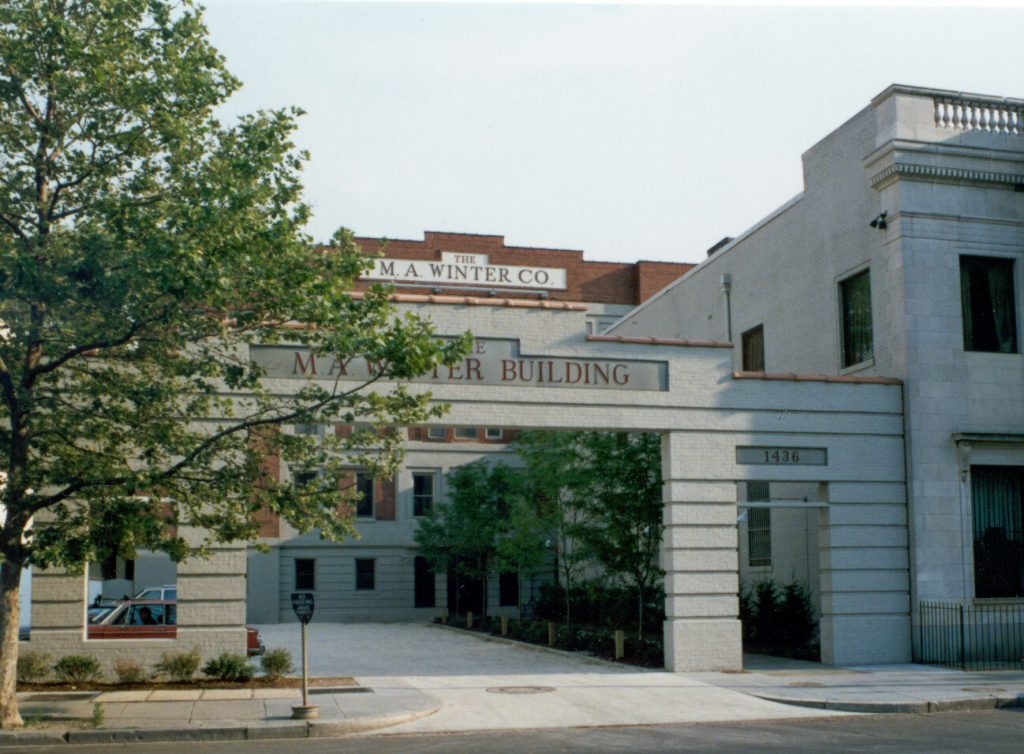
(Although NSA carries secretiveness so far that it warns its employees not even to speak its awesome name outside the premises, the exact locations of the latter—4000 Arlington Hall, 3801 Nebraska Avenue, and 1436 “U” Street, N.W.—as well as the names of all its key employees may be found quite easily in the Pentagon’s telephone directory.)
The NSA lie-detection program was begun early in 1951 by hiring, at salaries of $6,400 a year, six examiners, none of whom, it is said, had more training than a six weeks’ course at the Keeler school in Chicago, which had fallen into disrepute after the death of its founder in 1949. These alleged examiners proceeded to test every NSA employee, and they or their successors have tested every new employee taken on since then. Their methods have been, to put it mildly, appalling.
“If they think they are getting information, they are mistaken,” a former employee has observed. “Maybe they’re testing for emotional stability.” Another theory is that the tests are a kind of hazing, designed not to find out anything about security risks but to intimidate the newcomers and break them to harness. A third theory—since the tests make no sense in terms of their ostensible purpose, such theories are necessary—is that the tests are really nothing but fishing expeditions, especially during the “discussion period” before the machine is started, to see what dirt can be turned up on the subjects and their friends.
Two case histories may give an idea of what has been going on at NSA. The names are fictitious because, although neither Jane Doe nor Richard Roe is still in government service, both were warned, like all who took the NSA tests, never to mention the fact that they had done so. One was even threatened with the Espionage Acton the absurd ground that the very act of undergoing the test was “classified” information.
Jane Doe, daughter of a Pennsylvania Republican, got a job with NSA in the spring of 1952 after her graduation from a Midwestern women’s college. That fall, while she was still waiting for her security clearance, she and some twenty other “unclear persons” were called to a meeting at which an Army captain asked them to agree to take lie-detector tests in order to speed up their clearances. It was entirely voluntary, he explained, adding, however, that he really couldn’t say when or if those who refused to take the tests would get their clearances. The group “volunteered” unanimously to take the tests.
A few days later, Miss Doe was shown into a small bare-walled room and seated in front of a desk behind which were a polygraph and a beefy individual whom she classified as an ex-cop from his aggressive manner and his recessive grammar.
His opening remarks were to the point: “If you’re lying, we’re going to find you out.” (“The examiner by his friendly attitude undertakes to reassure the suspect and put him at his ease,” writes Clarence D. Lee in The Instrumental Detection of Deception. But of course Captain Lee was describing the examination of criminals, not college girls.) The examiner handed Miss Doe a mimeographed list of questions which included some “neutral” ones like “Is your name Jane Doe?” and “Did you eat breakfast today?” mixed in with some “crucial” ones like “Have you ever associated with Communists?,” Are you an alcoholic?,” “Are you a dope addict?,” “Are you a homosexual?,” and “Are you in any way subject to blackmail?” He explained that she must answer Yes or No to each question.
At this point Miss Doe began to get a little annoyed. After a “dry run” through the questions and an inconclusive fencing match as to how to tell who is a Communist and who isn’t, the examiner wrapped the blood-pressure gadget around her arm, hooked the pneumograph around her chest, and attached the galvanic electrode to her hand. The machine was started, the pens began to trace their lines on the graph paper, and the examiner began to ask the questions again. The whole test took about ten minutes, she thinks, or rather would have if she had not had a bad case of hay fever that day, so that every time she sneezed a cataclysm appeared on the graph and the process had to be begun all over again. By the time the test was over, she felt that she had won the slight consolation of having irritated the examiner almost as much as he had irritated her. “Looking back on it,” Miss Doe has said, “it’s not the results of the test I object to—I must have passed because I got a top secret clearance—but the humiliation of being treated as a suspected liar and criminal.”
The Ordeal of Richard Roe
Richard Roe took his test in the fall of 1951. Like Miss Doe, he had been working for several months at NSA but had not yet been cleared. Also like her, he is a college graduate—a political science major—and was interrogated by an examiner who may or may not have gone to high school. (The work at NSA demands people of high intellectual qualifications, a fact hopelessly in collision with the personnel chief’s yearnings for innocents unexposed to “radical” ideas; the polygraph staff meets that officer’s standards, but this very fact makes it difficult for them to communicate with the people they are supposed to test.) “I was willing, even eager, to take the test because I believed in its scientific reliability,” says Richard Roe. “But halfway through, I felt like someone being tried in a Moscow purge.”
The third-degree atmosphere was established the minute he entered the room. “My examiner looked and acted like a desk sergeant. He fixed me with a suspicious stare, didn’t shake hands, smile, or even introduce himself.” (“An examiner…must be an intelligence person with a reasonably good educational background, preferably college training. He should have…general ability to ‘get along’ with people and to be well liked…”—Lie Detection and Criminal Interrogation, by Inbau and Reid.)
One of the questions on the list the examiner presented to Mr. Roe was, “Have you ever been sympathetic to Communism?” It caused a good deal of grief to both of them. Mr. Roe explained, or rather tried to—”there was a total lack of empathy”—that he had studied Marxism in college and consequently found it difficult to answer this with a simple Yes or No. If by “Communism” the examiner meant Marx’s doctrines, then he could only say he was sympathetic to some and unsympathetic to others. If the term was to be taken in its Russian context, then he felt obliged to say that he had once felt sympathetic to the Mensheviks but had never been sympathetic to the Bolsheviks. All of this passed over the inquisitor’s head with a heavy, soughing sound like wind in the branches of a rain-soaked tree. “I got the impression that he considered anyone who had studied Marx to be ipso facto a security risk and also that he personally wanted me to fail.”
The results were inconclusive, and Mr. Roe, a rather high-strung type, had to take the test three more times, each time with ambiguous results. After each test, his security officer tried to persuade him to resign quietly, thus avoiding the possible stigma of being fired. The security officer also seemed anxious to save the security division a lot of trouble and possibly to add a scalp to be displayed to inquiring McCarthys later on. Mr. Roe was finally dropped, much to everyone’s relief, including his own.
Peeping Tom And His Polygraph
Other veterans of the polygraph wars at NSA tell stories similar to Miss Doe’s and Mr. Roe’s. The examiners seem to have violated just about every rule of proper polygraph technique. The questions were often extremely vague—”Have you ever done anything you were ashamed of?” “Are you now or have you ever been in sympathy with leftist ideas?” (“The preparation of test questions is an extremely important aspect of the examination. The question must be unambiguous, unequivocal and thoroughly understandable to the subject.”—Inbau and Reid, op. cit.)
When a psychology major in college who is working on his doctorate in history got the one about “leftist ideas,” he asked to have the question reformulated. “But the examiner refused—he couldn’t see why if I was ‘innocent’ I found it hard to answer. We just weren’t en rapport at all.” Another NSA subject—or victim—has reported that at one point his examiner shouted at him, “Goddammit, you’re lying! I know you’re lying, the machine tells me so!” (“The cross-examiner must remember at all times that he is not seeking to browbeat, trip or confuse his witness, as is a cross-examining attorney in court…. Such conflict reactions only make the blood pressure record harder to read.”—William Moulton Marston, op. cit.)
Look Out for the EPQ!
Although all the manuals urge the examiner to try to reduce rather than increase emotional tension, so that significant reactions are not masked by irrelevant ones, the NSA gang relied heavily on what is known unfavorably in the trade as the EPQ (Embarrassing Personal Question) technique. EPQs are generally directed to the more intimate aspects of the subject’s sex life. Women are apt to resent being asked, by a strange man, questions like (to unmarried girls) “Have you ever slept with a man?”—at least one is reported to have walked out at this point—and (to married women) “Did you sleep with your husband before you were married?” Reaction to EPQs, Inbau and Reid have written, “is not significant for any practical useful purpose. Moreover, it can be misleading…. The factors of surprise, anticipation, embarrassment, etc., which constitute the stimulating effect of a ‘personal embarrassing’ question, are totally different and unrelated to those involved about a question about the offense (e.g. burglary) under investigation. For control purposes the examiner might just as well set off a firecracker….”
The folklore of NSA is full of stories about these tests: the office belle, an innocent young thing who was asked if she liked girls and got into trouble when she said of course she did; the married woman who got one examiner fired because after he had asked her “Have you ever cheated on your husband?” he told her she was lying when she said No and later called her up to ask her for a date; and the leering assumption on the part of the examiners that anyone who had spent much time abroad, especially in Paris, was a Don Juan, a pervert, or both.
These stories may well be apocryphal; the point is that they are told—and believed—throughout the agency. Horror tales about the polygraph department at 1436 “U” Street (a heavily guarded building between a gas station and an undertaker’s parlor) are a staple of conversation. There are rumors every now and then that all employees are going to be retested annually, but, although this was done at Oak Ridge and is done at CIA and ORO, it has never been tried at NSA. It is generally felt that an attempt to rerun the old employees would be likely to provoke a mass exodus. Most of the employees resent bitterly the fact that they were bamboozled into taking a test, represented as a routine scientific process, that turned out to be a third degree.
Resentment over the tests ha become so articulate within a few months of their inception—probably nothing has caused so much loose talk among NSA personnel as the tests that were supposed to tighten up security there—that in the fall of 1951 three leading professionals (Russell Chatham, John Reid, and George Haney) met in Chicago to discuss the problem. “It was decided that Mr. Chatham would go to Washington and express their displeasure and concern at the manner in which these tests were being handled,” one of them has since written. “It was our information that the men conducting some of these examinations had little or no experience…. also that the polygraph tests were being used conclusively in determining whether or not an applicant would be employed. Mr. Chatham called on interested officers and pointed out those things which were felt to be a reflection on the polygraph field…. It was his feeling when he left that the situation would be corrected or stopped. Evidently such was not the case, as the practice was continued and perhaps many people have been unnecessarily harmed as a result.”
The foregoing was written early in 1952. Whether or to what extent NSA has mended its polygraph manners since then is as murky as most other aspects of the Most Silent Agency. Some reports say that the EPQ flourishes there as always. Others, including Mr. Chatham, believe the situation has at least been cleaned up. NSA itself, answering questions put to it on behalf of this magazine by a defense department security officer, who says he himself has never been able to get any further inside NSA than the reception room, states that its examiners are now “required…to conduct themselves in an objective and professional manner,” that they are given lie tests themselves by independent firms before being hired and are periodically retested (embittered NSA émigrés claim this is a desperate attempt to reduce the incidence of blackmailing and Peeping Tom questioning), and concludes, “Changes have been made in personnel, method and machinery, based on latest developments in the field”—a reassuring but somewhat vague reply.
In 2022, some seventy years after the NSA first began polygraph screening of applicants, its misplaced reliance on this thoroughly discredited, fraudulent pseudoscience remains stronger than ever. The NSA polygraph program has expanded to include post-hire periodic polygraph screening of employees as well as the polygraph “testing” of military personnel. The NSA polygraph program has yet to catch a spy.
